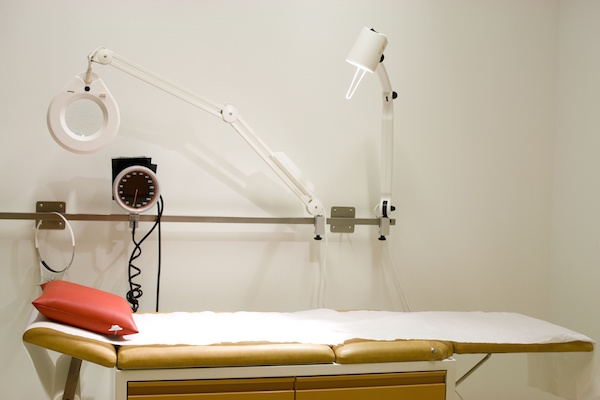
THURSDAY, March 14 (HealthDay News) — Increased efforts to halt the spread of an intestinal superbug aren’t having a major impact, according to a national survey of infection prevention specialists in the United States.
Hospitals and other health care facilities need to do even more to reduce rates of Clostridium difficile infection, including hiring more infection prevention staff and improving monitoring of cleaning efforts, according to the Association for Professionals in Infection Control and Epidemiology (APIC).
Each year, about 14,000 Americans die from C. difficile infection. Deaths related to C. difficile infection rose 400 percent between 2000 and 2007, partly due to the appearance of a stronger strain, according to the U.S. Centers for Disease Control and Prevention.
In addition, the infections add at least $1 billion a year to U.S. health care costs.
In January, APIC surveyed 1,100 members and found that 70 percent said their health care facilities had adopted additional measures to prevent C. difficile infections since March 2010.
However, only 42 percent of respondents said C. difficile infection rates at their facilities had declined, while 43 percent said there was no decrease, according to the findings presented Monday at an APIC conference on C. difficile, held in Baltimore.
Despite the fact that C. difficile infection rates have reached all-time highs in recent years, only 21 percent of health care facilities have added more infection prevention staff to tackle the problem, the survey found.
“We are encouraged that many institutions have adopted stronger measures to prevent [C. difficile infection], but as our survey indicates, more needs to be done to reduce the spread of this infection,” Jennie Mayfield, APIC president-elect and a clinical epidemiologist at Barnes-Jewish Hospital, said in an association news release. “We are concerned that staffing levels are not adequate to address the scope of the problem.”
The survey also revealed an inconsistency between cleaning efforts and monitoring. While 92 percent of respondents said they had increased the emphasis on cleaning and equipment decontamination since March 2010, 64 percent said they rely on observation to assess cleaning effectiveness, rather than monitoring technologies, which are more accurate and reliable. Fourteen percent of respondents said nothing was done to assess cleaning efforts.
Since 2010, the number of respondents who said their facilities had antimicrobial stewardship programs increased from 52 percent to 60 percent. These programs promote careful use of antimicrobials. Improper use of antimicrobials is one of the most important risk factors for C. difficile infection, according to the news release.
Because this study was presented at a medical meeting, the data and conclusions should be viewed as preliminary until published in a peer-reviewed journal.
More information
The U.S. Centers for Disease Control and Prevention has more about C. difficile infections.

